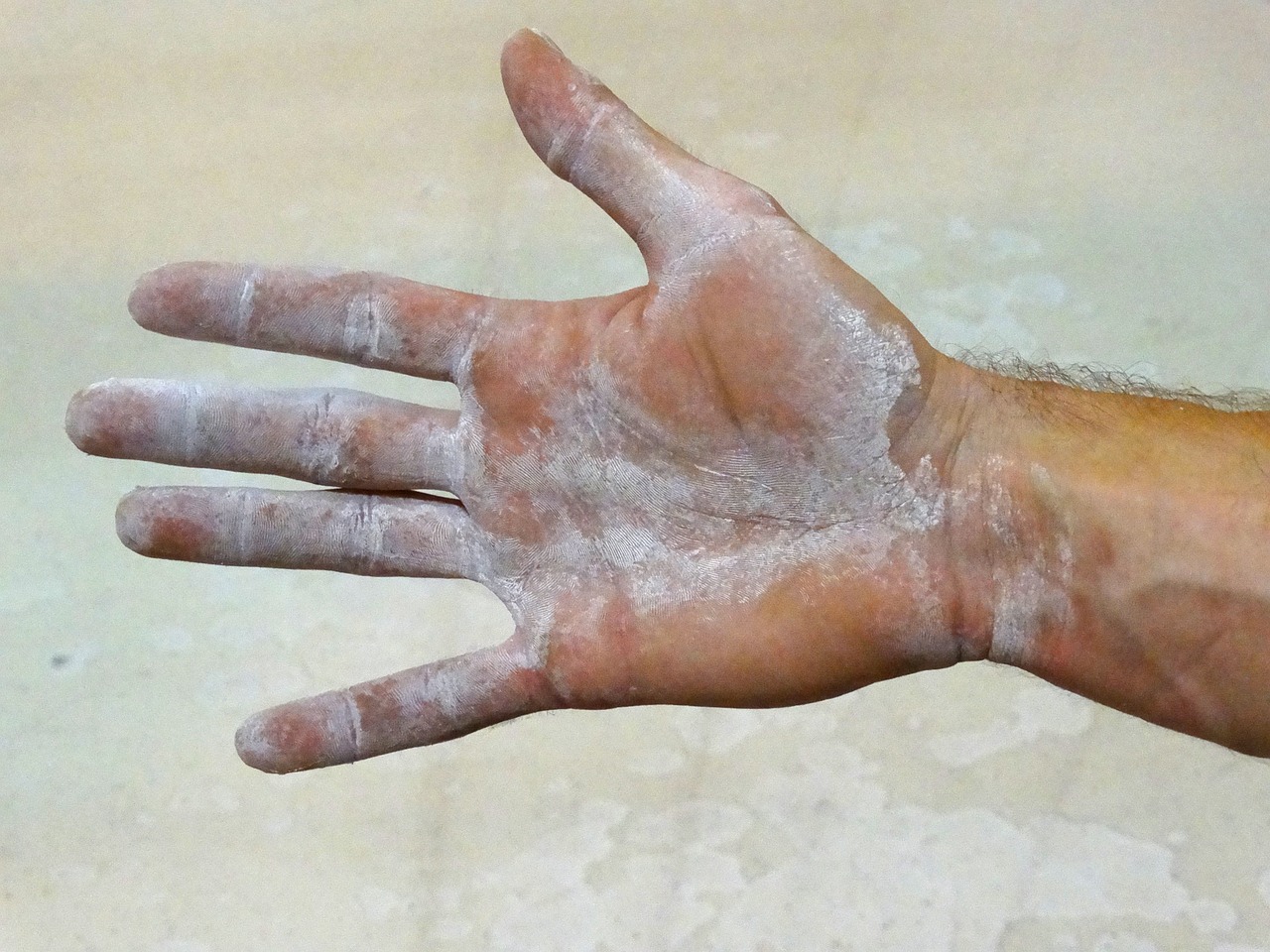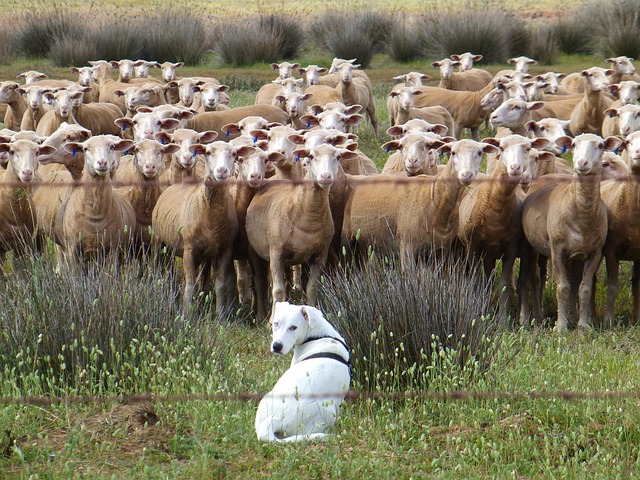If you’re an avid climber, the term “hand flappers” might be familiar to you. It’s a condition that most rock climbers have experienced at some point in their climbing career, and it’s extremely frustrating. Hand flappers happen when the top layer of skin on your hands tears off, leaving a raw and painful wound. In this article, we’ll dive into the causes of climbing hand flappers and how to prevent them.
One of the main reasons for climbing hand flappers is the constant friction between your skin and the rocks. When you grip a hold tightly and pull yourself up, the skin on your hands rubs against the rough surface, creating small tears. If this tearing continues, the topmost layer of skin will eventually break off, leading to a flapper. It usually happens when you’re trying to hold onto a hold for an extended period or when you’re using poor techniques.
To prevent climbing hand flappers, it’s important to have good technique. Instead of gripping tightly, try to use an open-grip technique. This means using less force on your fingers and using your entire hand to grip the holds. Doing so will not only improve your grip on the rocks but also alleviate some of the pressure on your fingers.
Another useful technique is to keep your hands dry. When your hands are moist, they become softer and more susceptible to tearing. Use a towel or climb chalk to keep your hands dry and callous. Climb chalk is a powder made from magnesium carbonate that climbers use to reduce sweating and improve grip. However, too much chalk can also lead to dry skin, so use it in moderation.
Wearing appropriate gloves can also help reduce the risk of climbing hand flappers. Climbing gloves are designed to protect your hands from the rough surface of the rocks. They come in different types and materials, including leather, synthetic, and neoprene. However, some climbers find gloves to be uncomfortable, as they limit their ability to feel the rocks and get a good grip. So, it’s up to personal preference and comfort.
To prevent climbing hand flappers, it’s also important to take care of your skin. Moisturize your hands frequently using a good quality lotion, especially after climbing. This helps to keep your skin supple and flexible, making it more resistant to tearing. You can also use a pumice stone to remove dead skin cells and prevent the buildup of calluses. However, be careful not to overdo it, as too much exfoliation can lead to raw and sensitive skin.
In addition to these preventive measures, it’s essential to know how to treat climbing hand flappers in case you still get them. First, clean the wound using soap and water, and then apply an antiseptic cream to prevent infection. Cover the wound with a sterile bandage or gauze to protect it from dirt and further friction. Avoid climbing until the wound heals completely and avoid using harsh chemicals or dishwashing detergents, as they can irritate the wound.
Climbing hand flappers can be a nuisance, but they’re preventable. Good techniques such as open-grip and dry hands, appropriate gloves, and skin care can all reduce the risk of this unpleasant experience. If you still get a flapper, clean it thoroughly and let it heal completely before returning to climbing. With proper care and treatment, you can keep your hands in top condition and enjoy the thrill of climbing without any setbacks.





